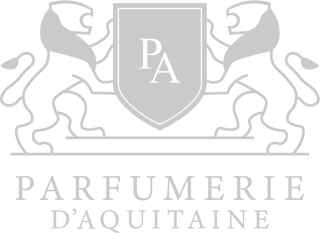Have you ever been to a perfumery and seen that the fragrance you are looking for comes in various perfume concentrations? You are not the only one.
As if that wasn't confusing enough, sometimes perfumes that come in Eau de Parfum (EdP) concentration smell completely different than their Eau de Toilette (EdT) or Extrait de Parfum (ExP) counterpart.
However, learning the difference between these strengths and concentrations can make your shopping experience a bit better.
The terms refer to the oil concentration of the raw material that affects the longevity and projection of the perfume. Although EdP may have more perfume oils than EdT, it is not uncommon to find that EdT projects better than EdP.
This is because perfume yields more when less perfume oil is diluted with alcohol within the fragrance bottle.
These are the most commonly used fragrance concentrations:
- Parfum or Extrait de Parfum 20-40%
- Eau de Parfum 10-20%
- Eau de Toilette 5-15%
- Eau de Cologne 3-5%
- Eau Fraiche 1-3%
Now, you may wonder if the different powers are really important. Well, that depends on a couple of factors such as the strength you want your perfume to have, your lifestyle, your hobbies, among others. For example, a pure Parfum (Extrait) is long-lasting and its aroma can be very heavy, so it would not be recommended for day-to-day work in the office.
For the rest, as the proportion of perfume essence increases, it is common to see its price increase as well, which is an important aspect to consider depending on your budget.
Nowadays the most popular is the Eau de Parfum concentration, and sometimes it is the highest concentration in which some perfumes can be found. However, Eau de Toilette is very common as it is used to generate more affordable variants of more expensive perfumes.
Among the fragrance concentrations there is also the so-called Esprit de Parfum (EsdP), which has a concentration of between 15% and 30%. This variant is rare today, however, it is known to be the concentration of the famous "Poison" by Dior in the 80s.
Eau Fraiche, for its part, unlike the other concentrations in which its ratio between essence and alcohol varies, is the fragrance from 1% to 3% and the rest is mainly water.
In the image you can see more clearly how the proportions of the fragrances are distributed and based on that, their approximate duration.
Conclusion
We hope that with this article you have been able to understand the differences between the intensities of perfumes so that you can make an optimal decision the next time you are looking for a fragrance.


orietta
Muy interesante la explicación y sencilla para entender,
gracias